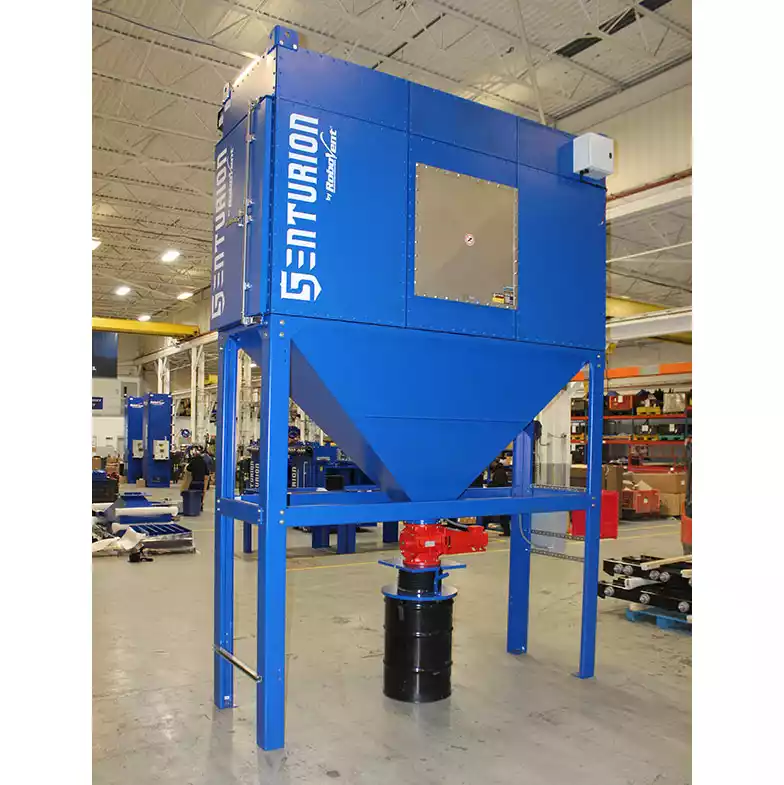Deflagration System
Protect your facility from a combustible dust explosion. The Deflagration System includes Explosion Vent, Isolation Valve, Rotary Airlock, heavy-duty door and upgraded control panel. Available for Class 1 (ST-1) and Class 2 (ST-2) combustible dust.
Meet Combustible Dust Safety Regulations
RoboVent is the combustible dust expert! The Deflagration System has been designed in accordance with combustible dust regulations and best practices from NFPA, OSHA and ASTM. Each component of the deflagration system is designed to minimize potential damage in case of a fire or explosion inside the collector and prevent flames or pressure waves from spreading back into the facility.
When designing a Deflagration System, RoboVent’s engineering team takes into careful consideration all aspects needed for NFPA combustible dust compliance. Our engineering process includes:
- Explosive testing in accordance with ASTM standards to determine if your dust is combustible.
- PHA (Process Hazard Analysis), sometimes known as risk assessment, is conducted for any dust with a KST value of greater than 200 bar-m/sec.
- RoboVent’s engineering team incorporates explosion relief panels and other devices into our dust control systems to help you comply with the latest NFPA standards.
System Components
The Deflagration Package includes all of the essential components you need to protect your facility and minimize the damage if a dust explosion should occur inside the collector. Your system will be engineered to accommodate your facility layout, dust type and Kst value, dust collector location and other key factors.
High-Speed Abort Gate
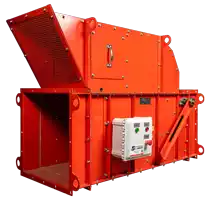 The Abort Gate is installed on the outlet ducting of the dust collection system. It prevents flames and burning debris from a dust collector fire or explosion from entering the facility through the return air system.
The Abort Gate is installed on the outlet ducting of the dust collection system. It prevents flames and burning debris from a dust collector fire or explosion from entering the facility through the return air system.
Rotary Airlock
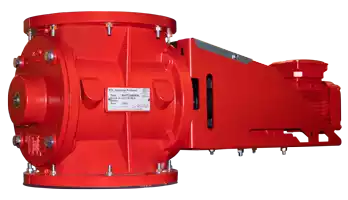 Designed to limit the effects of an explosion caused by combustible dust, the Rotary Airlock prevents combustible dust or explosive gases from escaping the collection bin through the hopper to fuel an explosion.
Designed to limit the effects of an explosion caused by combustible dust, the Rotary Airlock prevents combustible dust or explosive gases from escaping the collection bin through the hopper to fuel an explosion.
Isolation Valve
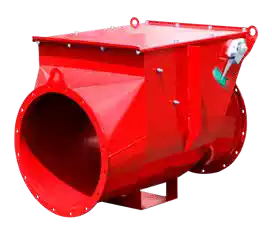 The Isolation Valve acts as a “check valve” to prevent a pressure wave from traveling from the dust collector back into the facility. This reduces the danger of a secondary dust explosion caused by dust stirred up by a pressure wave that propagates back into the facility.
The Isolation Valve acts as a “check valve” to prevent a pressure wave from traveling from the dust collector back into the facility. This reduces the danger of a secondary dust explosion caused by dust stirred up by a pressure wave that propagates back into the facility.
Explosion Vent
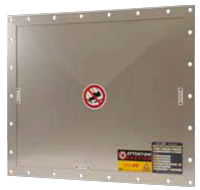
Flameless Explosion Vent
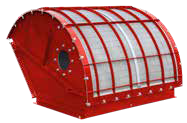
Upgraded Door
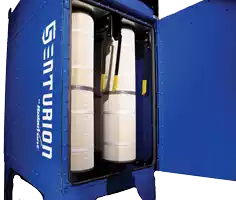 A heavy-duty door rated for Class 1 or Class 2 combustible dust.
A heavy-duty door rated for Class 1 or Class 2 combustible dust.
Control Panel
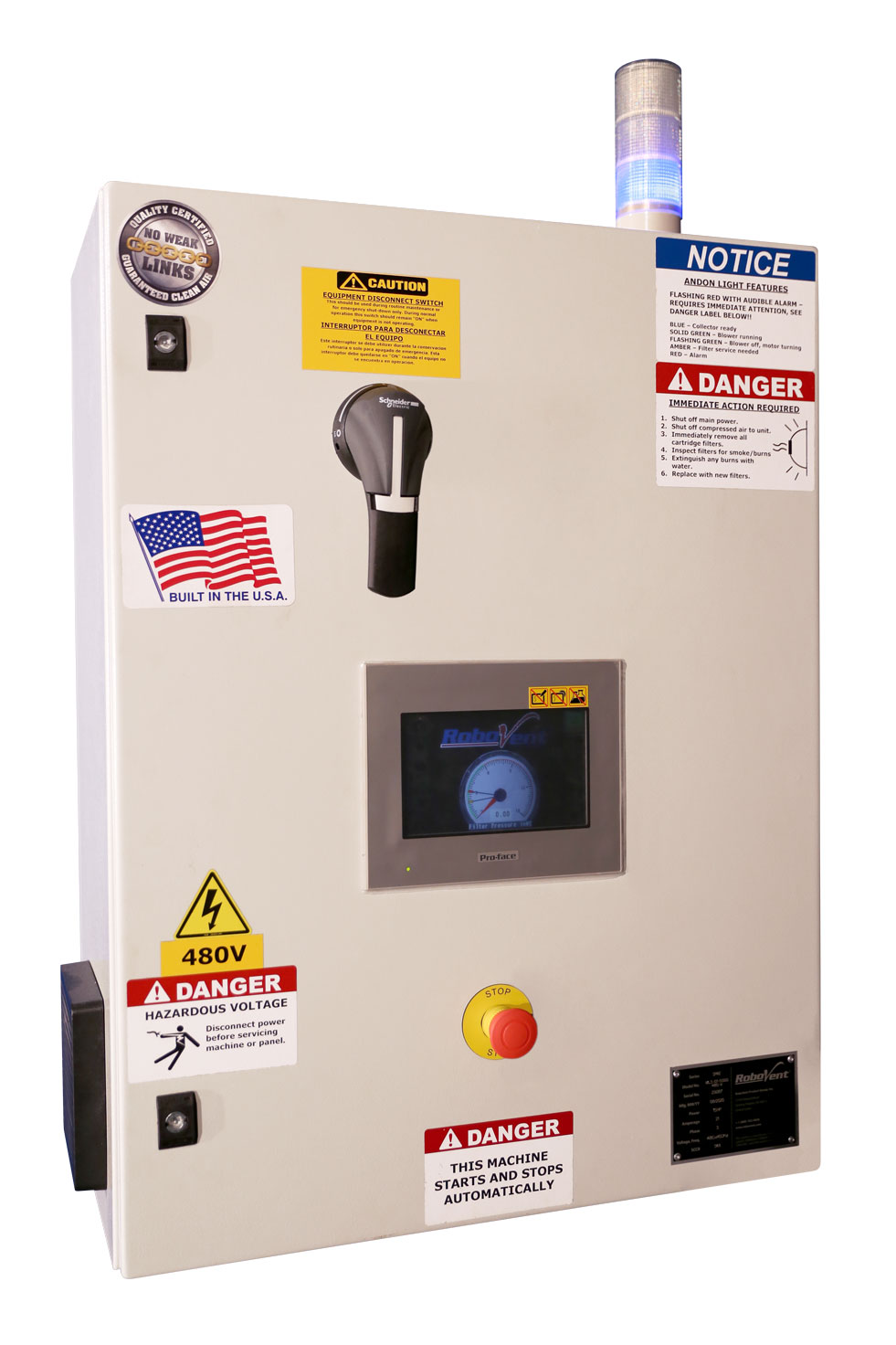 The control panel is upgraded to engage safety features automatically if a deflagration is detected.
The control panel is upgraded to engage safety features automatically if a deflagration is detected.
Options
The Deflagration Package is available for both Class 1(ST-1) and Class 2 (ST-2) combustible dust.


